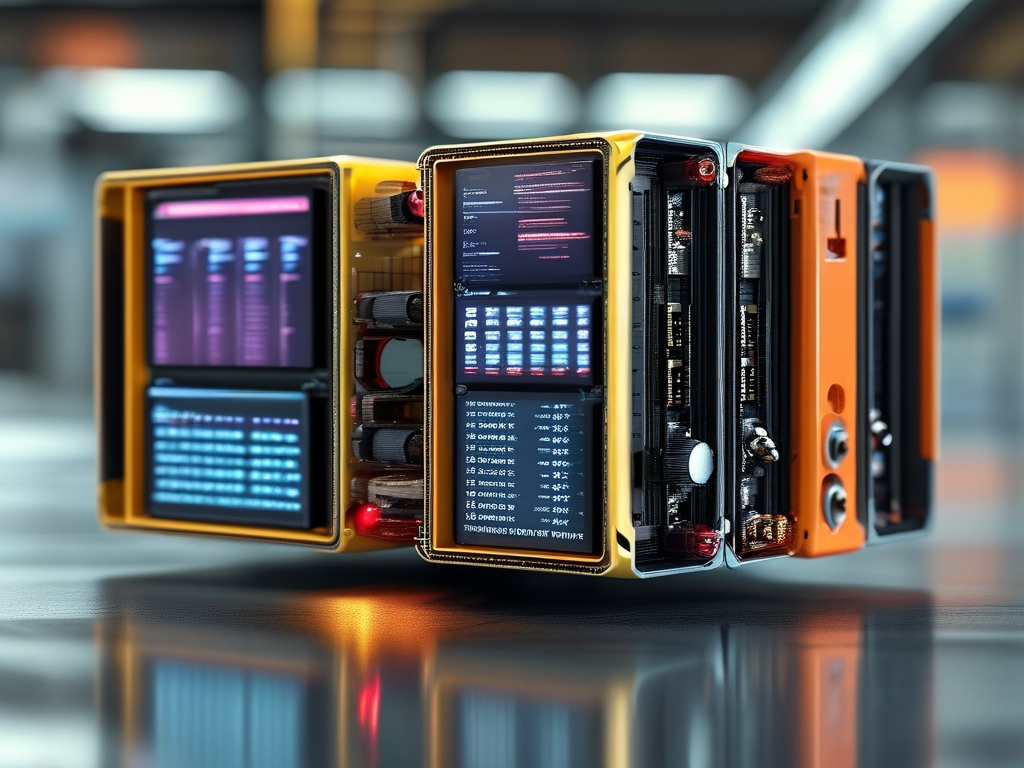Embedded module development is a specialized field that combines hardware design, software engineering, and system integration to create compact, efficient, and reliable solutions for diverse applications. From consumer electronics to industrial automation, embedded modules form the backbone of modern technology. This article delves into the critical components, methodologies, and challenges involved in embedded module development, offering insights for engineers and enthusiasts alike.

1. Core Technologies in Embedded Module Development
a. Processor Architectures The choice of processor architecture (e.g., ARM Cortex-M, RISC-V, or x86) dictates a module's performance, power efficiency, and scalability. Low-power microcontrollers are ideal for IoT devices, while high-performance systems-on-chip (SoCs) suit complex tasks like robotics or edge computing.
b. Real-Time Operating Systems (RTOS) RTOS, such as FreeRTOS or Zephyr, ensure deterministic behavior for time-sensitive applications. These systems manage tasks, memory, and peripherals efficiently, which is critical for automotive control systems or medical devices.
c. Communication Protocols Embedded modules rely on protocols like SPI, I2C, UART, CAN, and wireless standards (Bluetooth, Wi-Fi, LoRa) to interact with sensors, actuators, and networks. Protocol selection depends on factors like data rate, range, and power constraints.
d. Power Management Optimizing energy consumption is vital for battery-powered devices. Techniques include sleep modes, dynamic voltage scaling, and energy harvesting (e.g., solar or kinetic).
e. Hardware Abstraction Layers (HAL) HALs decouple software from hardware, enabling code portability across different microcontrollers. This abstraction simplifies updates and reduces development time.
2. Design Challenges in Embedded Module Development
a. Resource Constraints Embedded systems often operate with limited memory, processing power, and storage. Developers must write lean, optimized code and use compression algorithms or lightweight libraries to overcome these limitations.
b. Thermal and Physical Limitations Miniaturization leads to heat dissipation challenges. Thermal simulations and efficient PCB layout designs are essential to prevent overheating in compact modules.
c. Security Concerns With the rise of connected devices, vulnerabilities like firmware exploits or unauthorized access pose risks. Secure boot, encryption, and regular OTA updates mitigate these threats.
d. Testing and Validation Testing embedded systems requires specialized tools (e.g., JTAG debuggers, oscilloscopes) and rigorous validation processes, including unit testing, integration testing, and field trials.
3. Development Methodologies
a. Agile and Iterative Approaches Agile methodologies enable rapid prototyping and iterative improvements. Short development cycles help teams adapt to changing requirements, especially in fast-paced industries like wearables.
b. Model-Based Design Tools like MATLAB/Simulink allow engineers to simulate system behavior before coding. This approach reduces errors and accelerates time-to-market.
c. Open-Source Collaboration Platforms like GitHub and Arduino foster collaboration, offering libraries, drivers, and community support. Open-source RTOS and frameworks lower entry barriers for startups.
4. Application-Specific Considerations
a. IoT and Smart Devices IoT modules require seamless cloud integration, low-power operation, and support for edge AI. Examples include smart thermostats and asset-tracking systems.
b. Automotive Systems Automotive modules must meet stringent safety standards (e.g., ISO 26262). Features like CAN FD for high-speed communication and fail-safe mechanisms are critical.
c. Industrial Automation Industrial-grade modules demand rugged designs, resistance to electromagnetic interference (EMI), and support for protocols like Modbus or PROFINET.
5. Future Trends in Embedded Module Development
a. AI at the Edge TinyML frameworks enable machine learning on resource-constrained devices, enabling predictive maintenance and voice recognition without cloud dependency.
b. Modular and Scalable Architectures Plug-and-play modules with standardized interfaces (e.g., M.2 or Raspberry Pi HATs) simplify customization and scalability.
c. Sustainability Focus Developers are prioritizing eco-friendly designs, including recyclable materials and energy-efficient architectures, to align with global sustainability goals.
Embedded module development is a multidisciplinary endeavor that demands expertise in hardware, software, and system integration. By leveraging advanced technologies, addressing design challenges, and embracing emerging trends, engineers can create innovative solutions that power the next generation of smart devices. As industries continue to demand smaller, faster, and smarter systems, the role of embedded modules will only grow in significance, shaping the future of technology across sectors.









